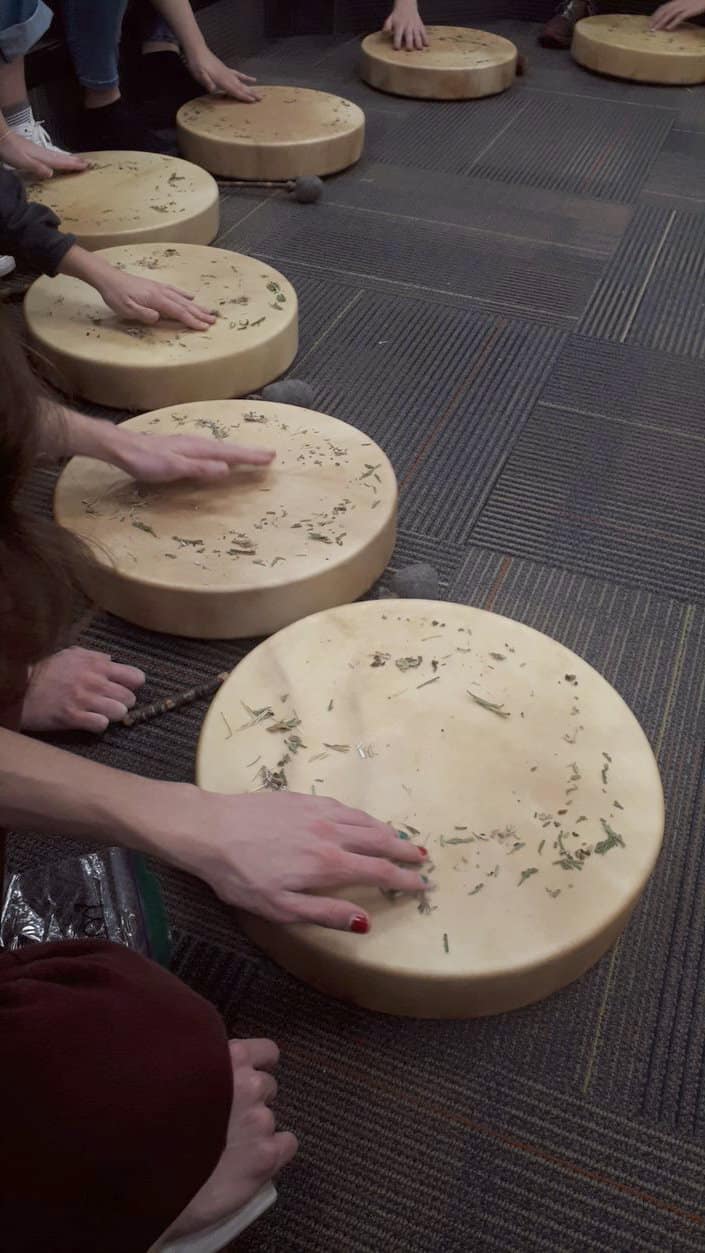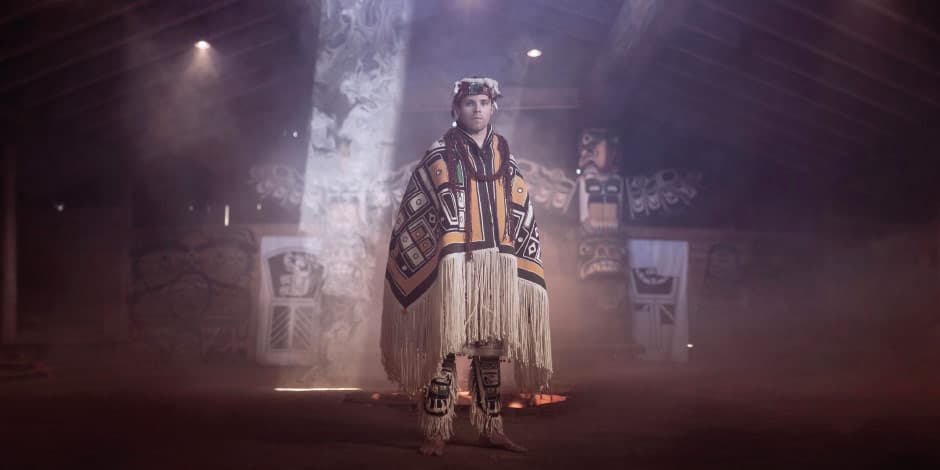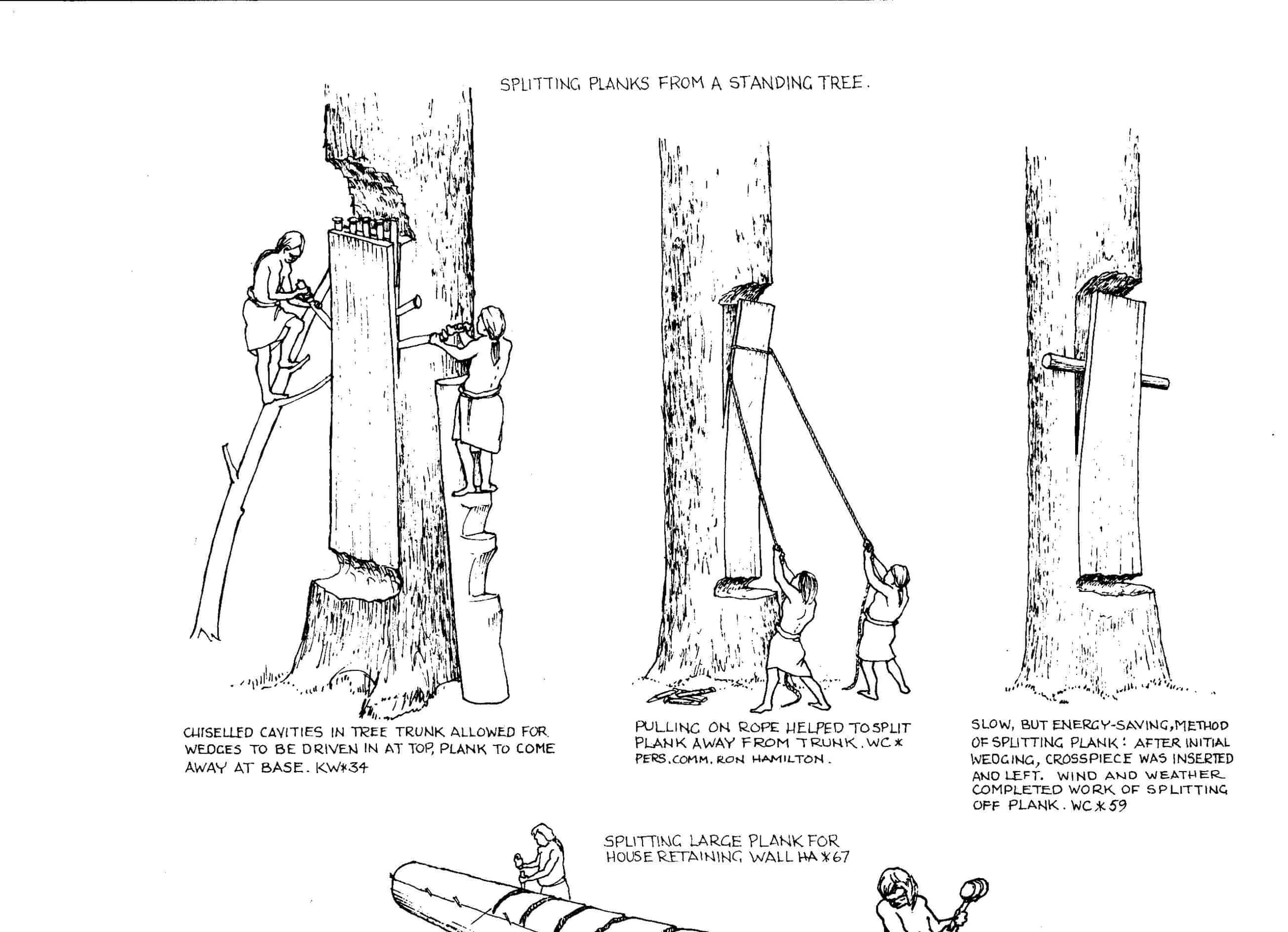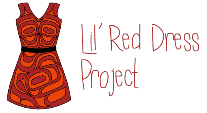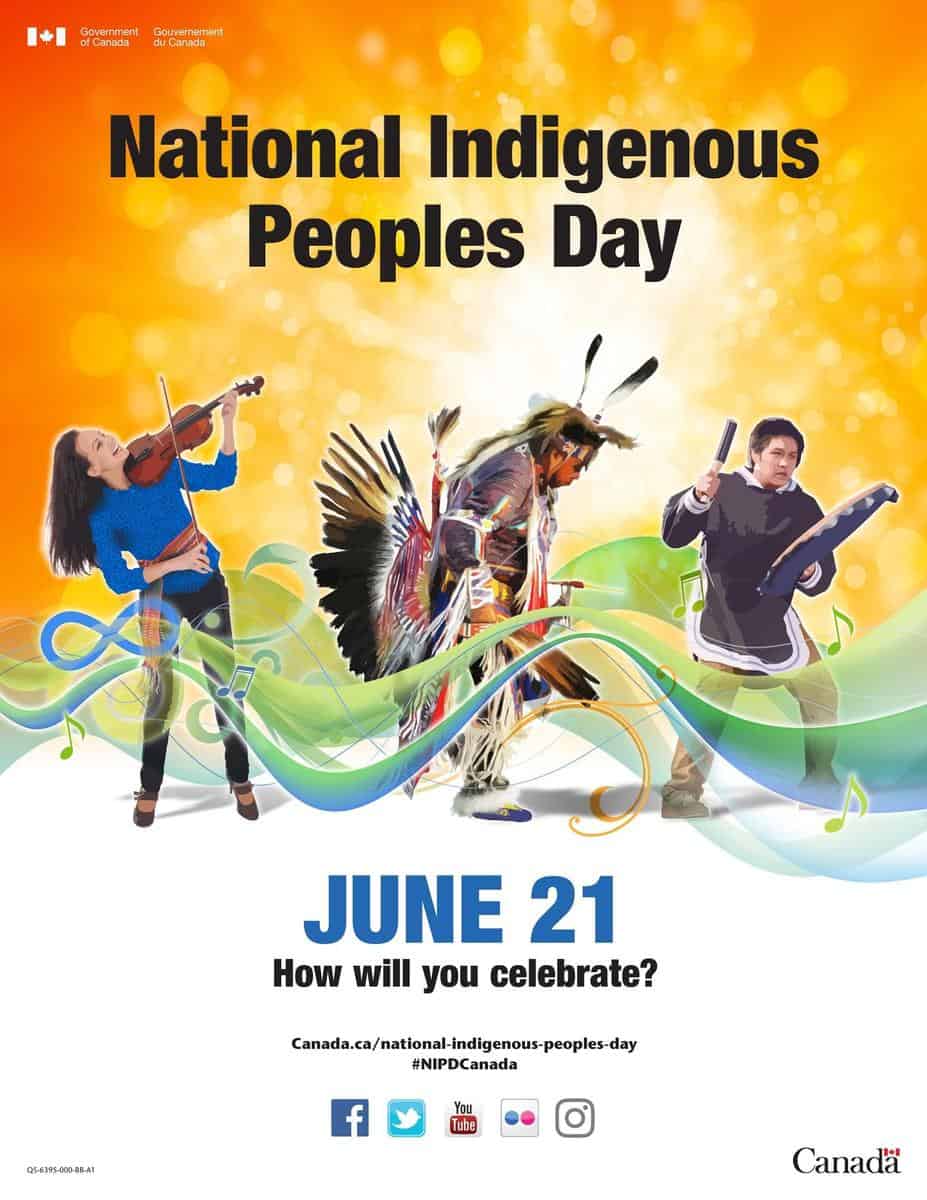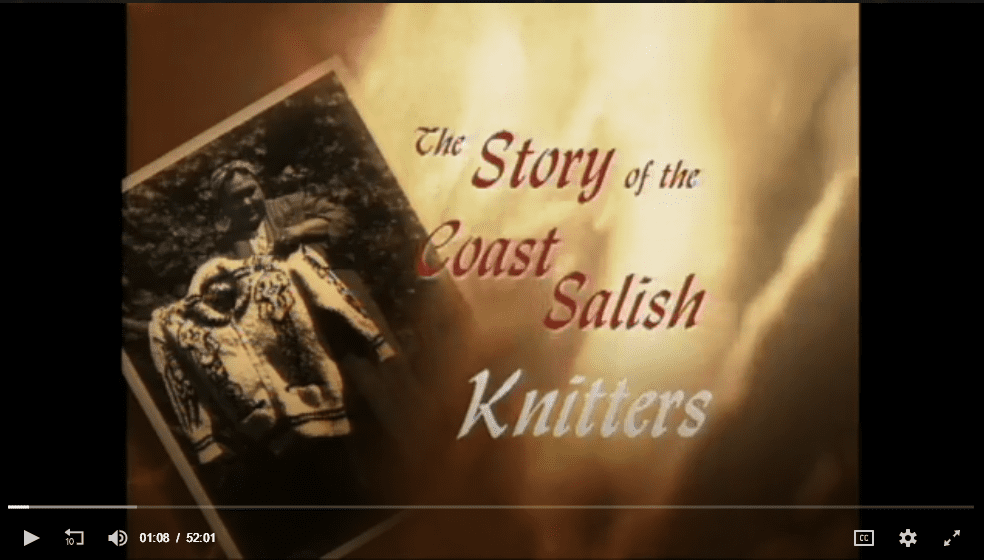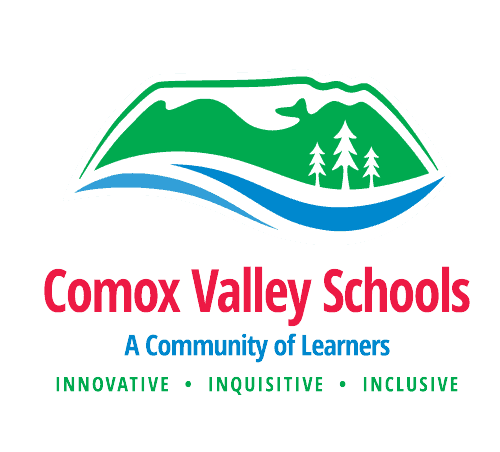Identity Resources
A̱m’lala sa Ḵ̓umux̱se’
Toggle Content goes here
Astronomy
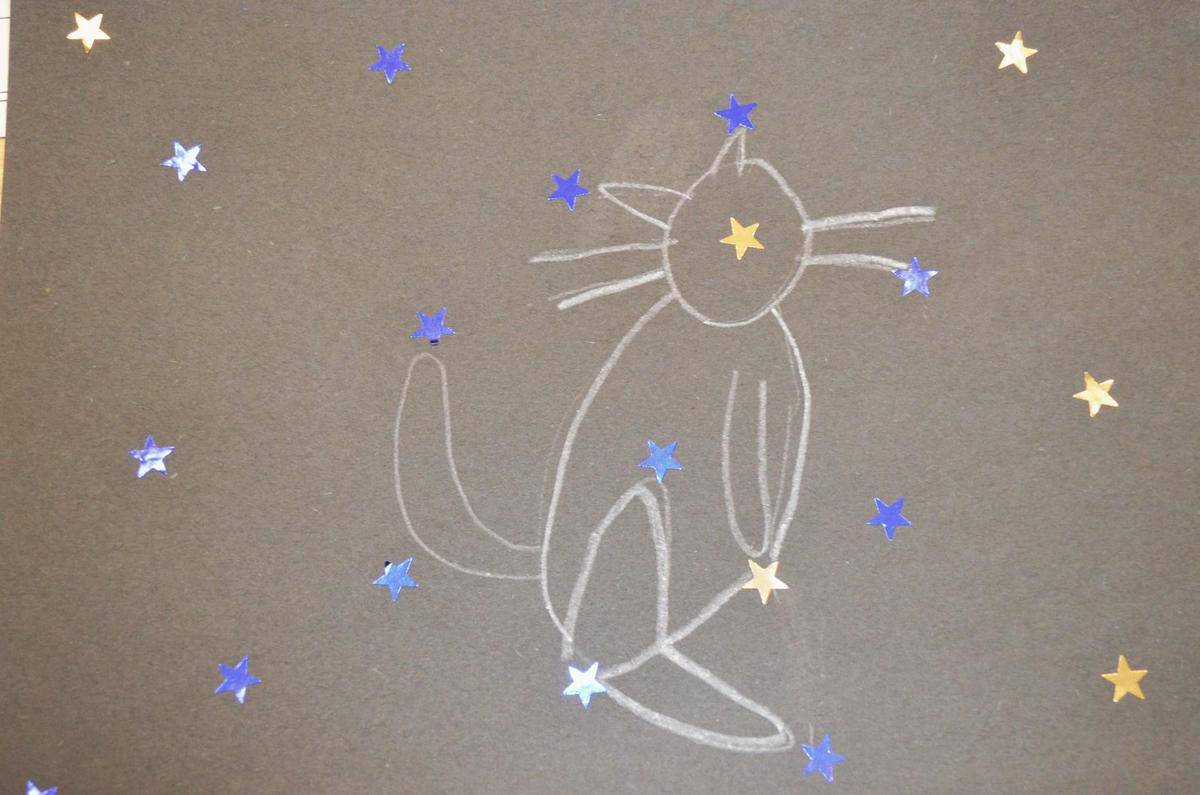
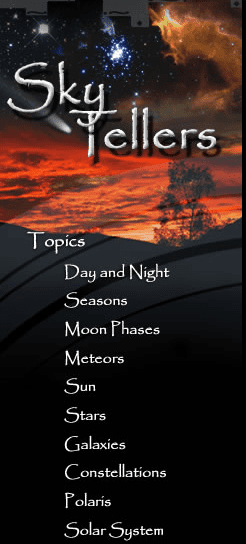
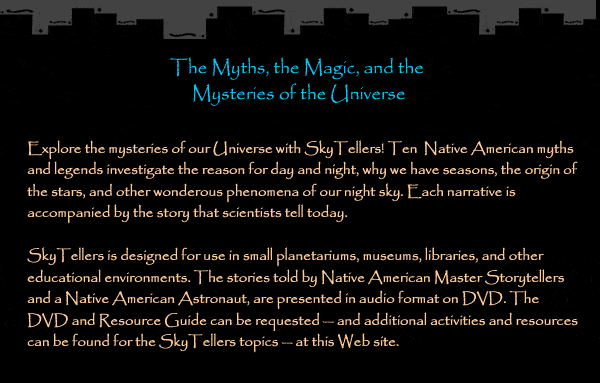
The Skyteller’s DVD and resource can be found in our LRC
The following lessons are prepared for a grade three classroom but may be modified to suit other grade levels.
Aboriginal Astronomy Lesson Plans:
Learning Intentions:
- I can understand what celestial objects meant to Aboriginal People.
- I can understand how Aboriginal people used stories to understand the solar system.
- I can understand how the moons are connected to the seasons and months. (Seasons lesson extension).
- I can compare and contrast stories.
The following lessons focus on different Celestial Objects, and their connections to Astronomy. Topics include Day and Night, Sun, Moon, Constellations.
Please note that these Lesson Plans require use of the kit: “Aboriginal Astronomy Kit” from the LRC.
Constellations Lesson Plan:
Creation (How the earth was formed) Lesson Plan:
Moon Lesson Plan:
Sun Lesson Plan:
Seasons (in a single lesson) Lesson Plan:
Beaded Timeline
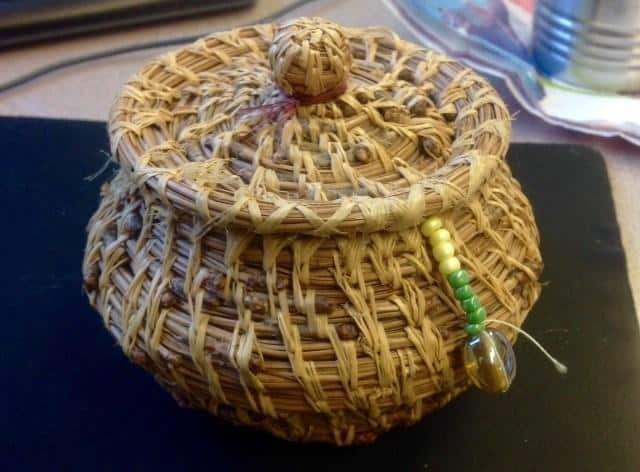
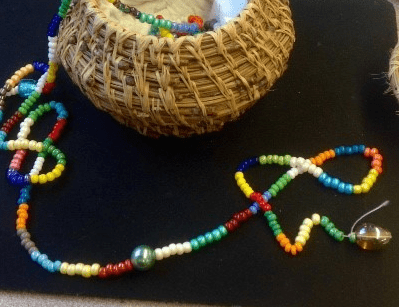
The Bead Timeline Story a visual representation of how long Indigenous people have been living in North America, at least 10,000 years, since time immemorial, importance of oral history, story, seasonal cycle and care taking of resources. How to guide for making your own bead timeline. Created by SD71, Suzanne Camp, District Resource Cultural Aide.
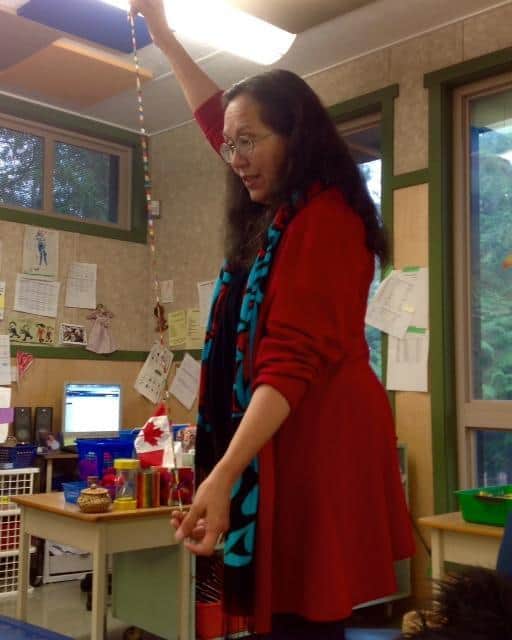
Bead Time Line Response Sheet
Big Houses
Meet a Local Legend: The Kumugwe Dancers
The video below highlights two of the youth, Jesse and Matthew Everson, from the Kumugwe Dancers and K’omoks First Nation.
SD71 K’omoks First Nation Big House Experience
Excerpts and explanation of the actual day
Big House explanation by Andy Everson
Big Houses of the Northwest Coast – 3 types
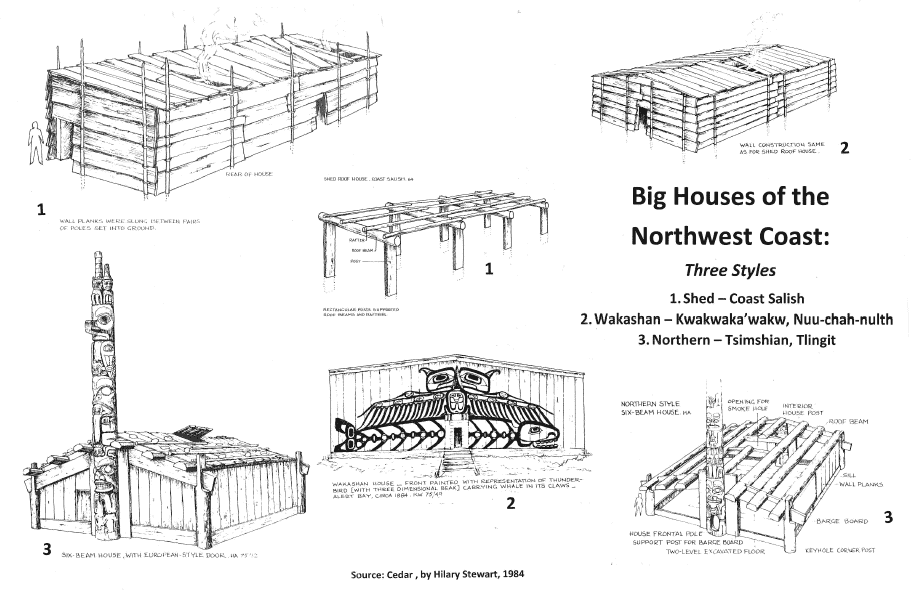
Big Houses of the Northwest Coast
Instructions to make a paper Big House – Coast Salish style and Kwakwaka’wakw style
Transforming your Thinking:
What I used to think about Big Houses, What I now know about Big Houses
The Kumugwe Bighouse
An informative article about The Kumugwe Bighouse written by Keisha Everson.
Cedar: Tree of Life
Cedar Artifacts- I notice, I think, I wonder…
an engaging way to start an inquiry/learnings about cedar
Cedar: Think, Notice, Wonder
Cedar Weaving
Harvesting Cedar
Special Note: There are protocols that go with collecting cedar bark. Some things to consider about cedar collection is that the people who collect cedar are from the local nation, have been taught from an elder, know how and when to do this without harming the tree in that specific area. Cedar is considered sacred for many.
Kits from SD71 Learning Resource Center that contain cedar artifacts: (search on Destiny with the following titles)
Cedar Bark Harvesting Kit
A display of photographs, b+w drawings, and cedar samples help illustrate the steps traditionally used by First Nations peoples in the harvest of cedar. Traditional cedar bark uses: hats, baskets, blankets, ceremonial regalia, nets, masks, mats, headbands and clothes. This kit can be used in support of Aboriginal science and social studies learning outcomes.
Bentwood Box
Several cedar items, bentwood box, ladle, rope, eagle head, bailer, headbands, bowl
Totem Poles of the Comox Valley (this could help facilitate an excellent field trip around the valley looking at all the totem poles)
This resource features photographs and information about the totem poles of the Comox Valley. Totem poles are a traditional way of telling the stories of Aboriginal families and clans, and of keeping records of important historical events. The six West Coast First Nations that carved totem poles before the arrival of the European explorers were the Haida, the Nuxalt, the Kawkwaka’wakw, the Tlingit, the Tsimshian and the Coast Salish people.
Coast Salish Realia
This kit contains samples of Coast Salish carvings, baskets, a spindle whorl, and tools.
Coast Salish Artifacts
“Keepers of the Earth” a collection of native stories and environmental activities for children, 2 CDs “Rising from the ashes…” and “One nation One Voice: songs of the Kwakwaka’wakw”, 1 woven cedar hat, 3 wooden carvings -kingfisher, salmon, and loon.
War Canoes Model
Carved by Stephen Hunt, a member of the Kwakiutl Band of Fort Rupert, B.C. One model is decorated with a Thunderbird image, the mythical creature considered to be the most powerful of all spirits. It is believed that the Thunderbird’s powers came from the carved appendages on his head. The other canoe is decorated with the eagle image.
Cedar the Tree of Life Kit
Bark and rope artifacts along with cedar reader booklest and Little Cedar, Big Cedar by Pam Holloway
The Story of Cedar (short clip below) by Herb Rice
For the full documentary click on link directly below:
The Story of Cedar, Bark Pulling and Cedar Hat Weaving
Published on Dec 9, 2012
From the moment of birth, to the time of passing, cedar has traditionally played a vital role in the life of the First People of the Pacific Northwest.
This 30min documentary tells the story of cedar, how the bark is stripped from the cedar tree and prepared for cedar weaving (hats) and discusses the art of cedar weaving and the affect this workshop had on the participants. Project was facilitated by Maria Sampson. The video was produced by Louise McMurray and the Cowichan Aboriginal Film Festival and directed, shot and edited by Phil Ives.
Cedar – Tree of Life Kit – found in SD71 LRC -primary focused
Contents: books: The cedar club forest detectives — Making a canoe — Cedar — Making a drum — The western red cedar — The cedar tree: the heart of our people (2) — Cedar – tree of life — The little cedar tree — Little cedar, big cedar — 10 booklets: The bentwood box — French books: La technologie des Premières Nations — Grand-mère, gardienne de notre passé — Les Premières nations — Sun design colouring page — Rain design colouring page — 20 photo cards: cedar and its uses — 6 photo cards: steps to make cedar rope — 2 bundles of cedar strips, narrow — bundle of cedar strips, wide — 2 bundles of cedar rope — cedar plank.
Growing Your Green Heart (primary focused)
A guided imagery – fantasy journey to find the seed in your heart. One of the many activities from this book, Keepers of Life. Could be followed up by a writing, drawing or painting activity of the plant they imagined themselves to be.
Cedar the Tree of Life
From Nelson Literacy Grade 4 student book A
Cedar by Hilary Stewart
This book by Hilary Stewart has many hand drawn examples of cedar artifacts and how they were made and used. Below are some examples from the book that Aboriginal Education has compiled for teaching purposes:
Big Houses of the Northwest Coast – 3 types
Fishing Tools
Fishing drawings by Hilary Stewart
The Story of Cedar
This video showcases what role a cedar plays in the culture of Shishalh people. It played in the Tems Swiya museum as part of the tree of life texemay exhibit during the 2015 Sechelt Arts Festival.
Making a Cedar Rose
Making a cedar rose from Hakwush on Vimeo.
Nuu-chah-nulth Canoe Steaming
Master Nuu-chah-nulth canoe carvers Joe and Carl Martin steam a dugout canoe on Chesterman Beach, Tofino, Vancouver Island, British Columbia. Film and Narration by Jacqueline Windh.
Coast Salish Realia Kit
Grade Level: 3-5
Learning Intentions:
- I can describe technologies used by Aboriginal people in BC and Canada.
- I can write reflectively about what I learned to show what I know.
- I can compare tools of Northwest Coast First Nation’s people in the past with people in present day Canada.
- I can write reflectively about what I learned to show what I know.
*Both lessons require the use of this kit: Coast Salish Realia (RL0117) from the LRC.*
Lesson Plan 1:
Lesson Plan 2:
RESOURCE LEVEL:
Elementary
Fur Trade
Thinking Sheets
What is important about the Fur Trade?
Abundance of Resources in Canada
HBC Beaver Trade Animation from Kelly John Rose on Vimeo.
HBC Point Blanket Animation from Kelly John Rose on Vimeo.
- Includes a learning Centre and many teacher resources including the HBC Hamper section below.
- Information, pictures, short video clip of the history of the Hudson’s Bay Company and the fur trade in Canada.
Teacher Resource Guide:
Fur Kits
There are kits in our LRC that have fur samples in them. For SD71 staff, search Fur Trade Kit in Destiny.
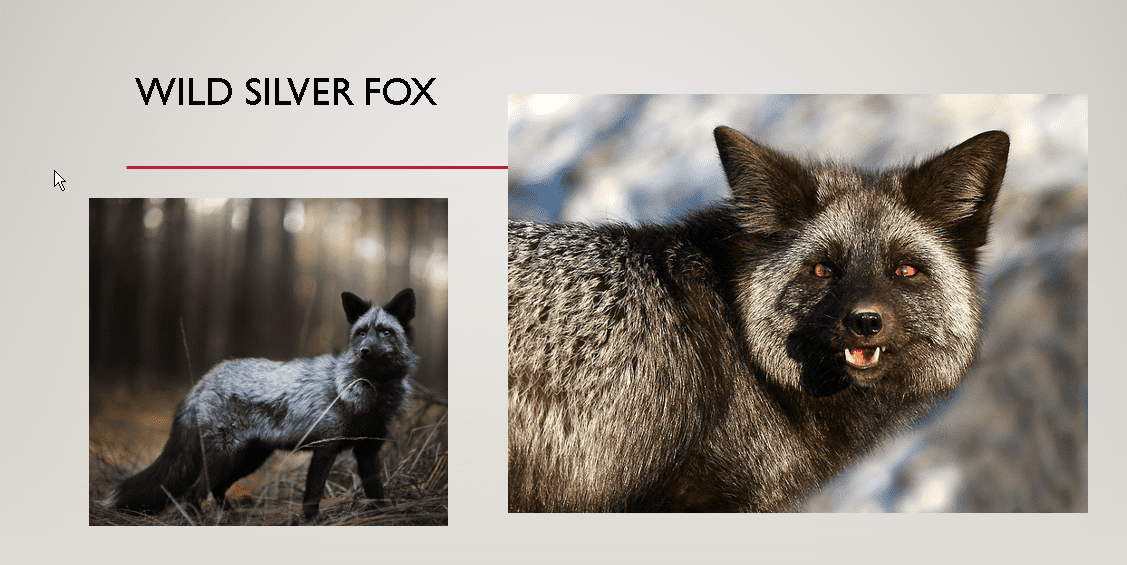
In the following PowerPoint you will find some of the animals that people gathered furs from Animal Furs
Identity
What are My Gifts? (k-7)
Improve Oral Language and Communication Skills
Putting the Talking Stick into practice: Characteristics and Connections to Animals – What are my Gifts?
Learning Intentions:
- I can think about my gifts
- I can practice using the talking stick
- I can identify with animal characteristics.
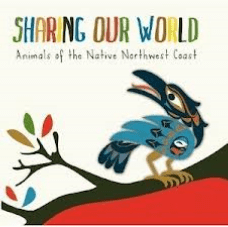
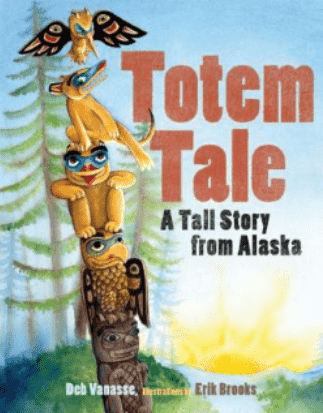
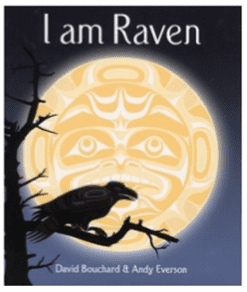
For more information and ideas on how to introduce the Talking Stick – click here
Indigenous inspired animal colouring pages – Nuu-chah-nulth Ocean Animals Colouring Book
Examples of great colouring books to match the animals in these lessons:
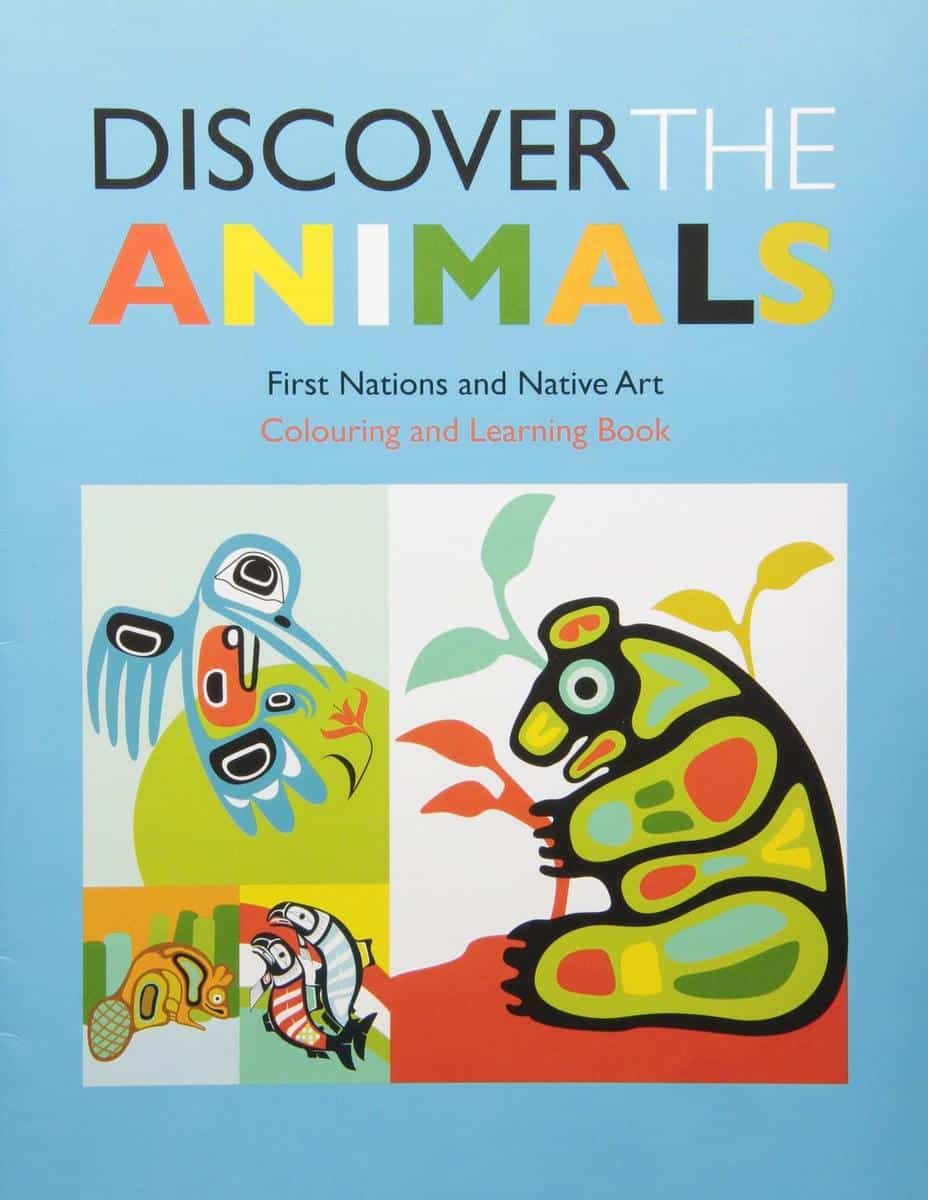
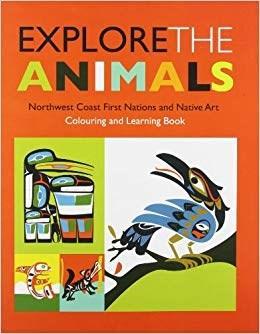
Another excellent book series for making the connection between animals and identity and science:
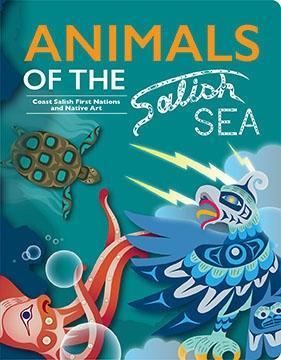
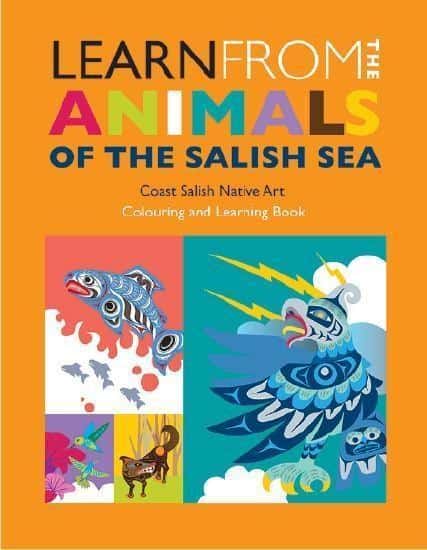
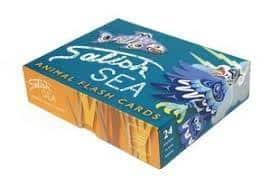
Identity Inquiry Teacher Guides
(Indigenous and District Curriculum Support Teacher Collaboration: Doug David, Carol Walters, Debbie Nelson, Gail Martindale)
What Makes You, You? Primary and Intermediate Inquiry Teacher Guides, Identity Inquiry Lessons for grade 7+, art ideas and more….
- Identity Art Ideas gr 4-6
- Identity lesson 2 The Stories Behind my Name
- Identity lesson Being Wendy
- Identity lesson Food Cultural Heritage
- Identity lesson with the book Flight School
- What Makes You, You Intermediate guide web
- What Makes You, You Primary guide web
Stories the Totems tell
Comox Valley Teacher Colleen Devlin shares her Cree smudging practices.
Identify Indigenous
Who is Indigenous?
Locally developed lesson and supporting materials:
CBC news has compiled these stories: “From across this land, the people you are about to meet see a brighter future for all Canadians. Their personal journeys and stories are different, but are all connected by heritage and pride.” Click here for more video and journal stories of Canadian Indigenous people.
CBC Kids News
Indigenous people are the first people to live in a place. In Canada, our Indigenous people belong to a number of different communities or nations. CBC Kids News’s Sid and Ruby explain:
Bead timeline story telling created and shared by Suzanne Camp, Courtenay BC. This Bead Timeline can be used as a visual representation in many ways, for example, to explain how long Aboriginal people have lived here, oral storytelling traditions, telling the story of cedar, conservation and environmental impact, community development plus much more.
Land of Our Ancestors – Aboriginal Tourism BC
“The ideas of environmental stewardship and sustainable resource management are certainly not new or radical concepts for British Columbia’s Aboriginal peoples. Long before Europeans even dreamed of traveling to North America, B.C.’s First Nations already had a deep spiritual connection to the land – considering themselves a part of it – as well as traditions, legends and stories reaffirming their respect for nature.”
Comox Valley teacher Colleen Devlin shares her Cree smudging practices.
Indigenous Art
Artist Profiles
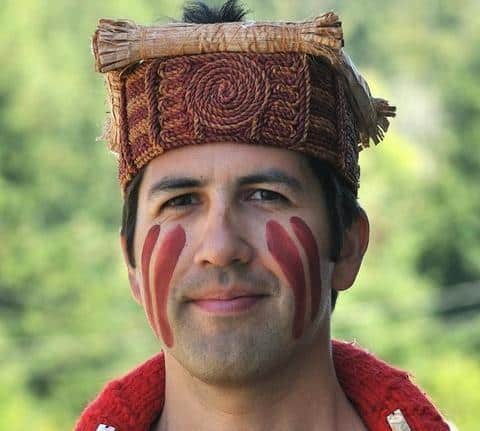
Andy Everson
Andy Everson was born in Comox, BC in 1972 and named Na̱gedzi after his grandfather, the late Chief Andy Frank of the K’ómoks First Nation. Andy has also had the honour of being seated with the ‘Na̱mg̱is T̓sit̓sa̱ł’walag̱a̱me’ name of Ḵ̓wa̱mxa̱laga̱lis I’nis.
Coast Salish Art
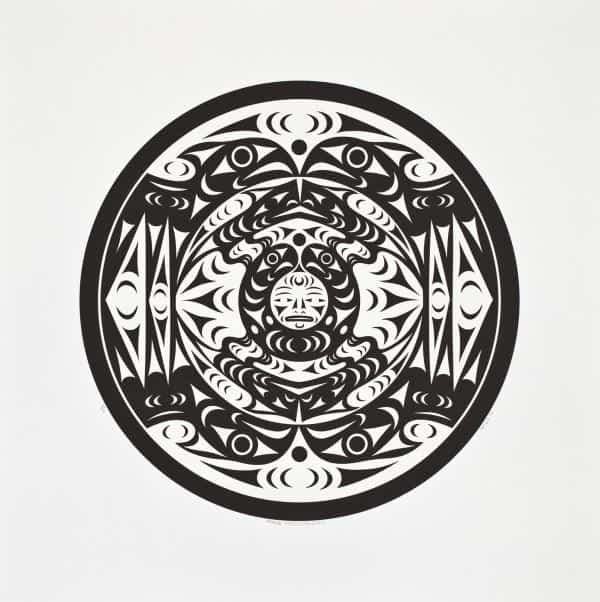
Perpetual Salish: Coast Salish Art in the Classroom
Perpetual Salish: Coast Salish Art in the Classroom is an online resource centre for teachers, offering cross-curricular lesson plans to engage students and facilitate their understanding of Coast Salish culture and art.
Coast Salish Design Elements by Qwalsius – Shaun Peterson
“A brief overview of two dimensional shapes used in Coast Salish design of Natives of the Pacific Northwest Coast Art tradition. This also explains briefly how this art form is not a formline tradition but a tradition unto it’s own serving the needs of it’s people, its community.” – Qwalsius – Shaun Peterson.
Reconcilation Art
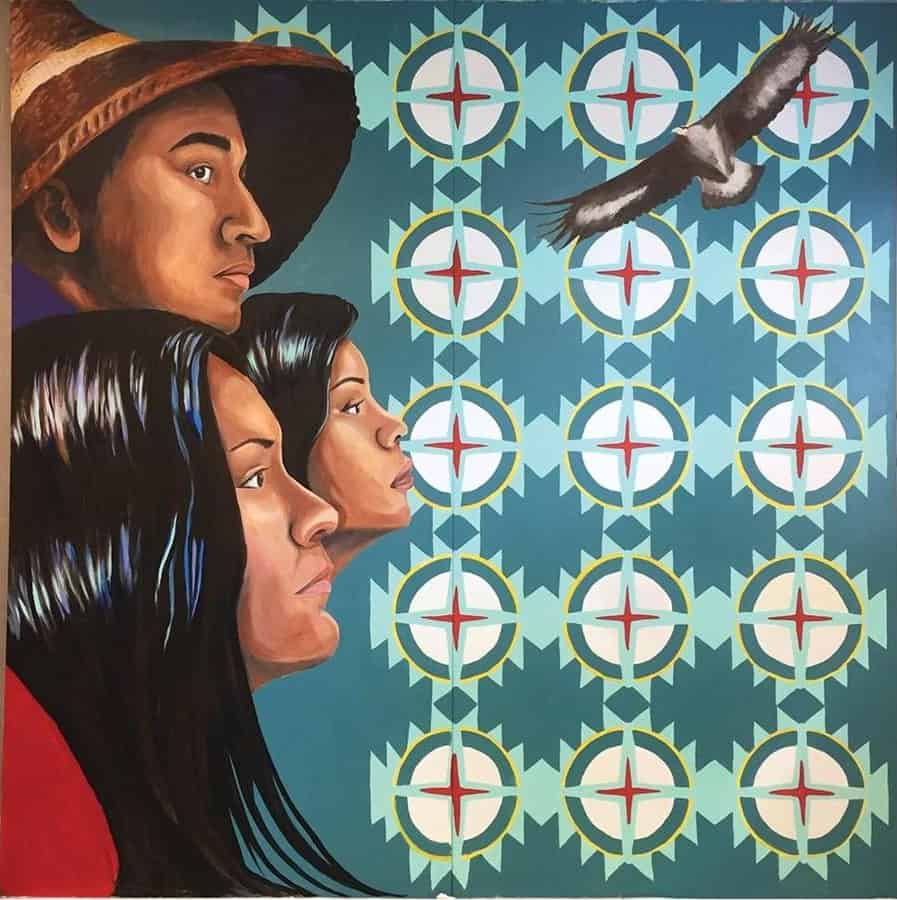
Resistance 150: Indigenous artists challenge Canadians to reckon with our history
The #Resistance150 project, led by Métis artist Christi Belcourt, has emerged as a prominent voice of protest. Many other artists have joined the movement, sharing work that celebrates the resilience of Indigenous communities and challenges Canadians to reflect on our country’s complicated legacy from a new perspective.

Reconciliation Art Project
The Reconciliation Art Project is designed to help children, in an artistic and engaging way, explore our shared history and begin to imagine a future of togetherness between Indigenous People and all Canadians.
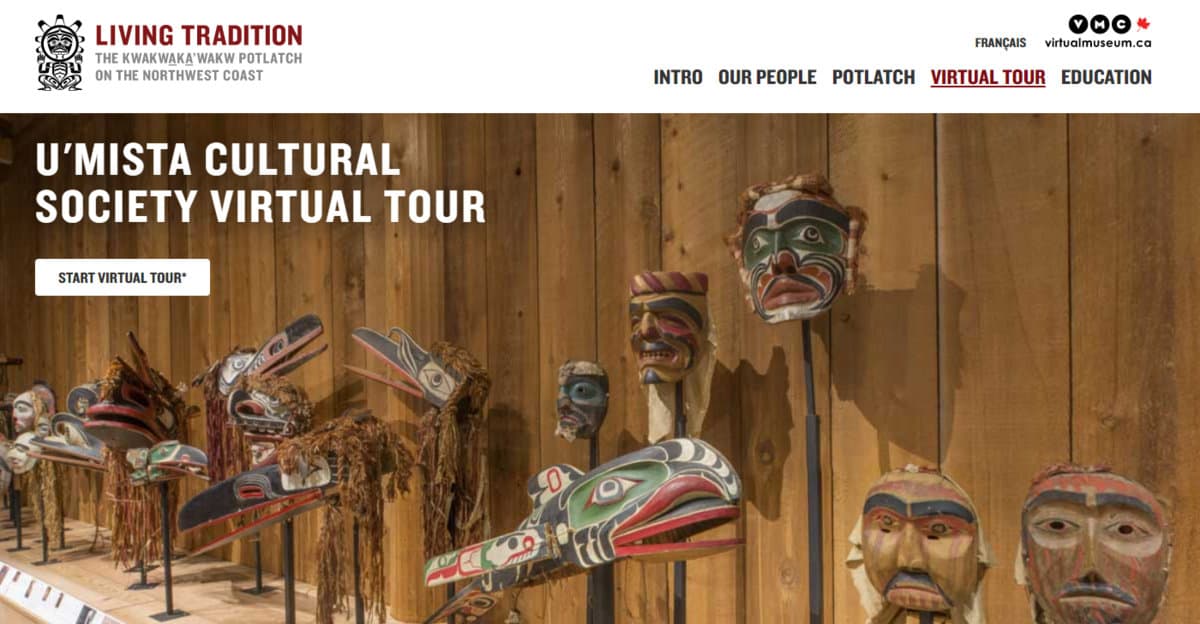
U’mista Cultural Society Virtual Tour
This virtual tour of the Potlatch Gallery at U’mista Cultural Centre comprises 6 different panoramic scenes, with links to high-resolution 360 images for each 3-dimensional object in the collection. (U’mista Potlatch website)
This tour is an excellent way to view the masks in the gallery!
Inuit
Inuit Cultural Online Resource:
This site was created to provide a central location online to learn about Canadian Inuit culture. This site is designed to serve as a resource for Canadian school age children and their teachers. It’s purpose is to offer new a different ways of learning about Inuit culture and what it means to be Inuit.
We are very proud to share with you insights into what it means to be Inuit in Canada today. We will share some history about Inuit culture as well. For those who do not know who the Inuit people are this is the ideal place to learn. Inuit were once referred to as Eskimo but the preferred term for some time is Inuit. Many Inuit found the term Eskimo inaccurate and offensive, and refer to themselves as Inuit.
funded by Canadian Gateway Heritage Fund
Video Game: Never Alone: (Kisima Ingitchuna) developed in collaboration with the Iñupiat, an Alaska Native people. The language of the storyteller is of the Inupiat people. Here is the link.
7 Must-watch movies filmed in Canada’s North – CBC article
Move over Toronto and Vancouver, there’s a new Hollywood of the North — and I do mean the North. Way up in the Canadian Arctic, northerners have been telling their stories through film for years, to critical success at home and beyond.
Kumugwe
Toggle Content goes here
Metis Culture
Indigenous Themes Kits and Information
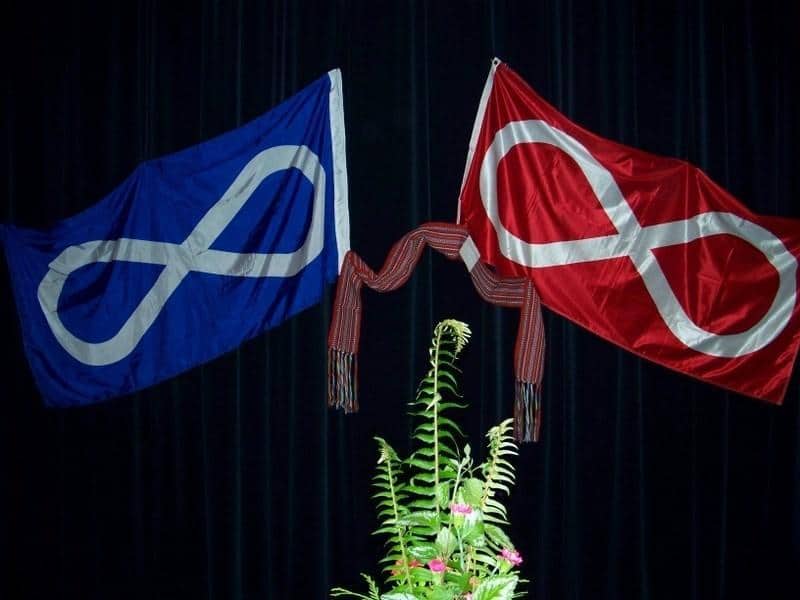
Available at the Learning Resource Center, School District 71
Indigenous Themes Kits and Information- compiled by Suzanne Camp, District Cultural Resource Aide- see page 14-18 for Métis specific resources.
Picture Book List
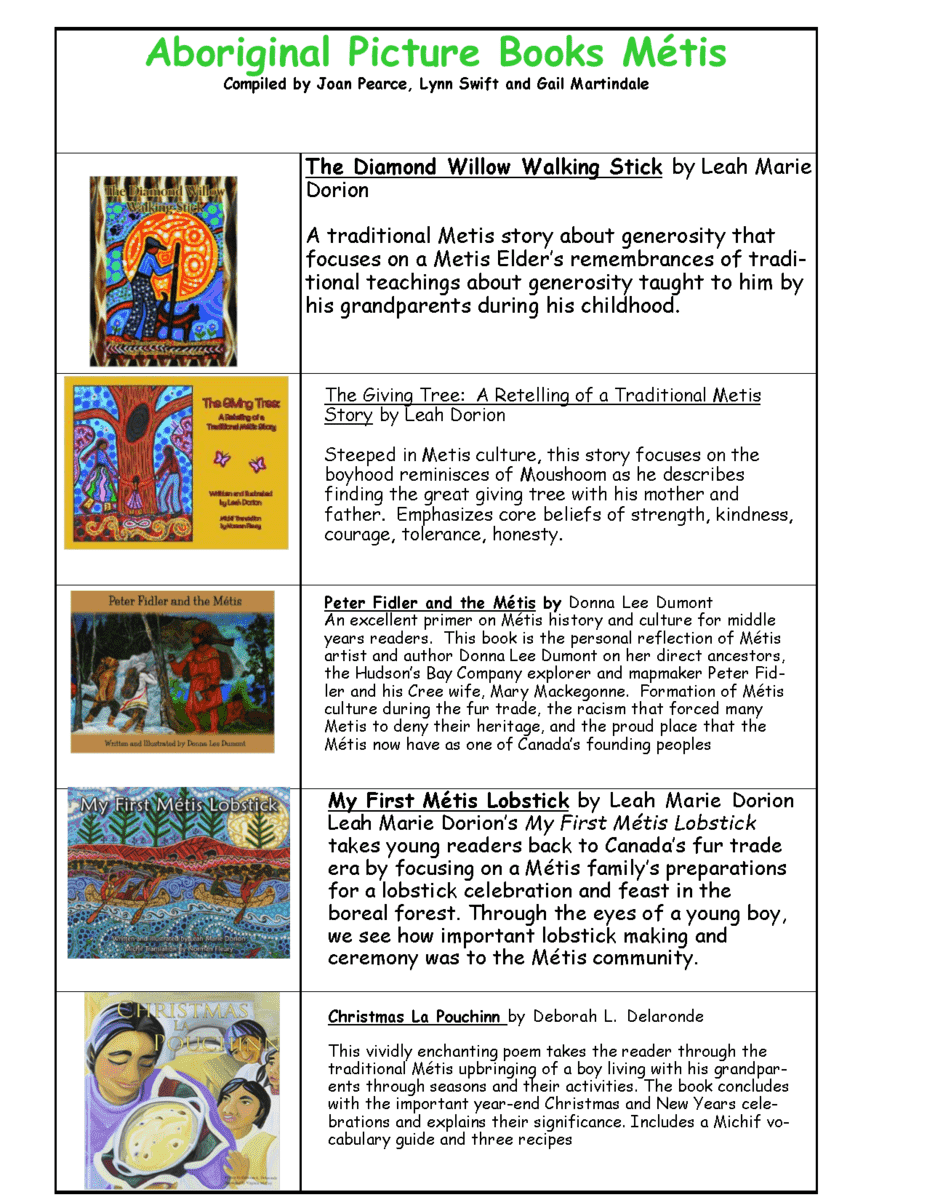
Introduction to Métis Culture
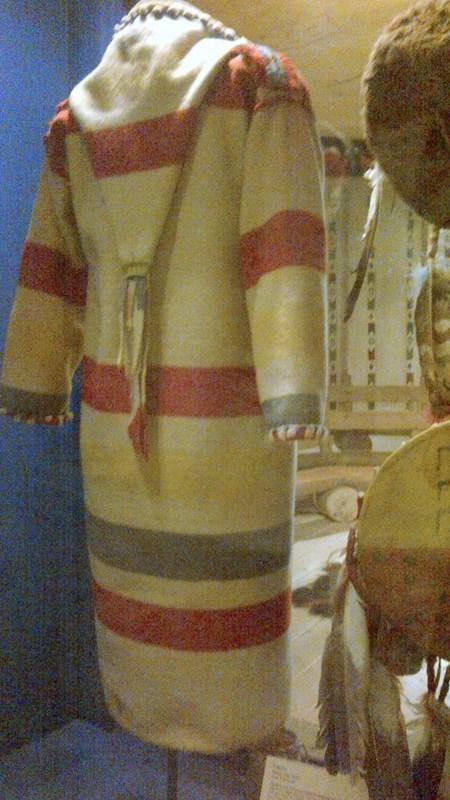
A PowerPoint created locally, by Gail Martindale and Suzanne Camp, to introduce you to the Métis Culture. Notes are included in a separate document.
Introduction to Métis Language
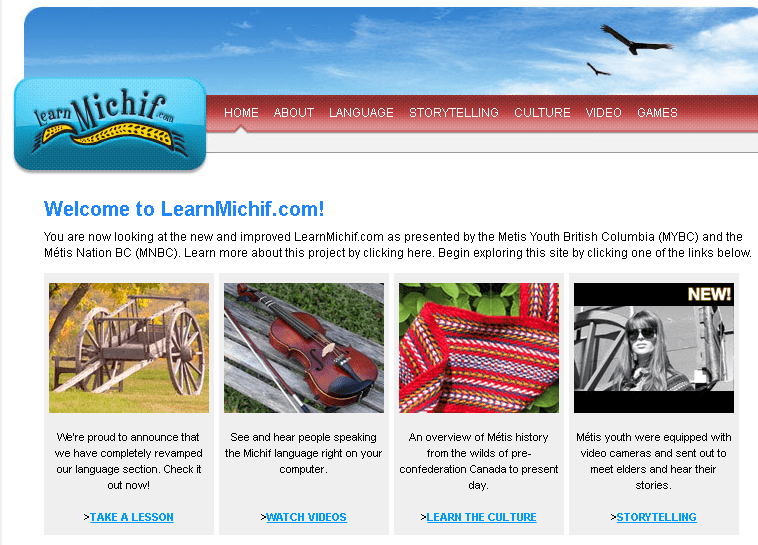
Learn about the Michif language, Métis culture and history, and storytellers. Click here for more information.
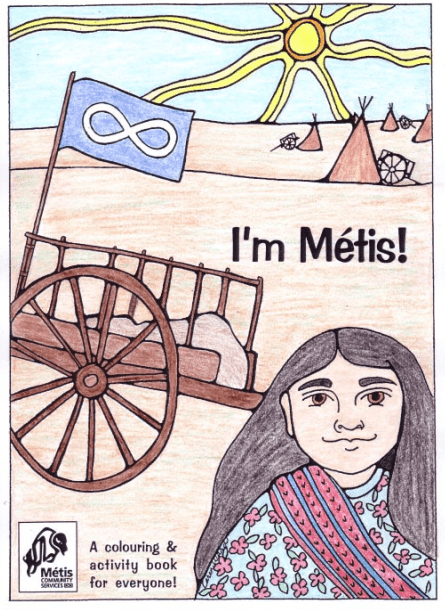
Transportation Lesson
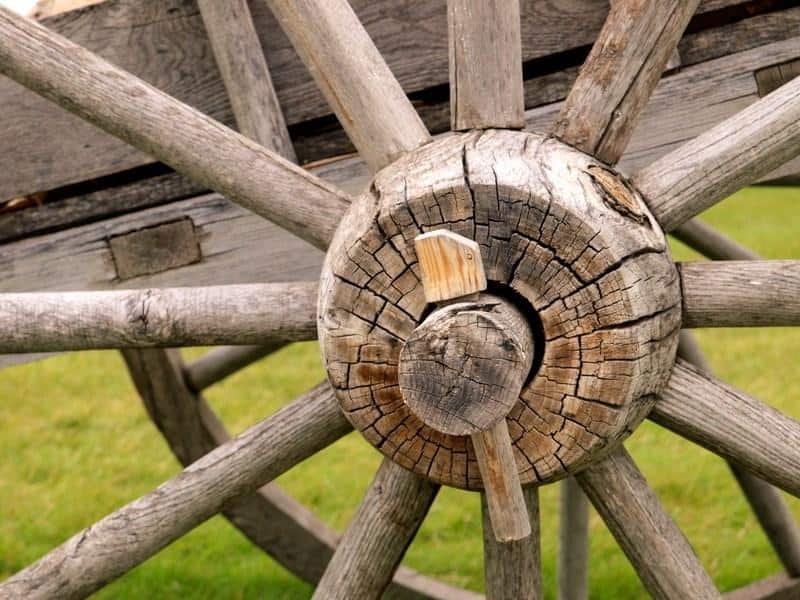
This lesson is a hands-on activity where students can explore reasoning and solutions for why people create different types of transportation. The lesson has students brainstorming and problem solving. They will also learn about how the Métis people solved their transportation issues, including the Red River cart and the York boat.
Métis History and Culture Transportation lesson
Tea Time
Gabriel Dumont Institute:
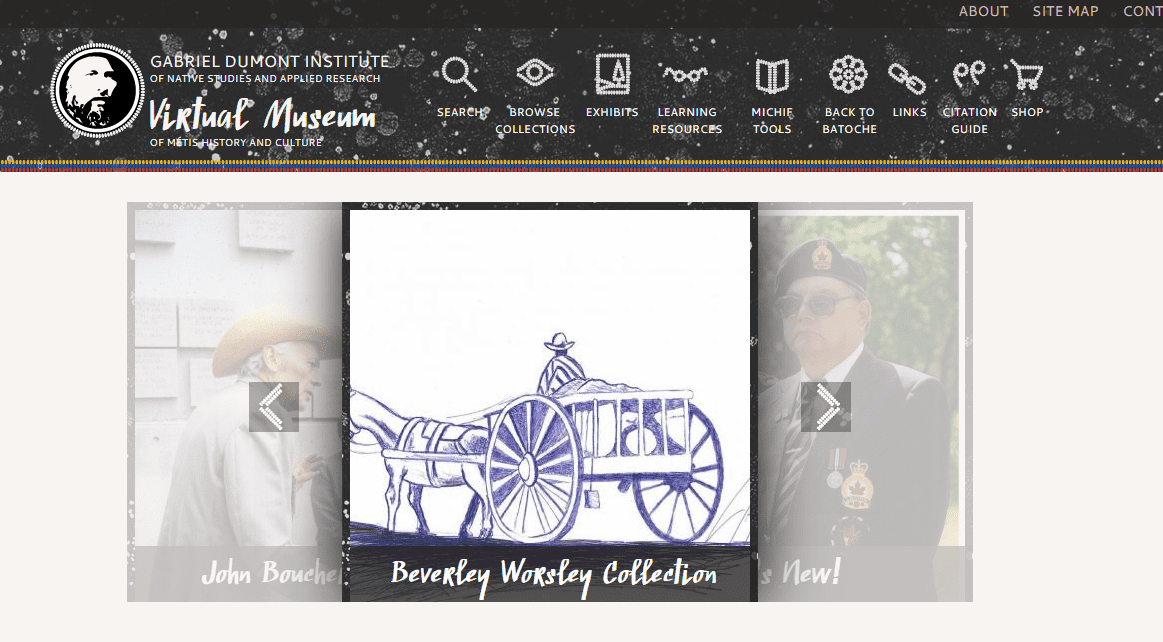
Virtual Métis Museum of Métis History and Culture
Bringing Métis Literature to Life
Bringing Métis Children’s Literature to Life is a guidebook for teachers to support the children’s literature published by Gabriel Dumont Institute (GDI). Not only will teachers be able to teach about the Métis but they will also utilize strategies that foster and promote literacy development (listening, speaking, reading, writing, viewing, and representing). The stories used in this guidebook are written and illustrated by Métis authors and illustrators. Each story brings traditional and contemporary Métis culture to life. They honour the past and present. Métis children often see themselves in these publications. Non-Métis students will see and connect with the universal themes and relate them to their own lives while learning about Métis culture.
Most importantly, this resource is about engaging readers in the history and traditions of Métis culture through literature. Métis children’s literature is found in classrooms, and in school libraries and public libraries all across Canada. Teachers use the books in various ways to bring awareness of the culture and teach outcomes. However, teachers are not always an “insider” in the culture, and often search for ideas on how to incorporate Métis content into their practice. There is a desire by teachers to be more inclusive, but they may not know how. This resource assists teachers in being culturally responsive while at the same time allowing them to teach provincial outcomes.
Métis Nation of BC
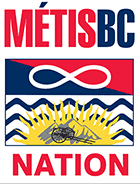
Grade 7 Métis Cross-Curricular Teacher Guide (from Métis Nation of BC)
Grade 7 Metis Cross Curricular Teacher Guide
MIKI’SIW Métis Association
The Métis Nation
The advent of the fur trade in west central North America during the 18th century was accompanied by a growing number of mixed offspring of Indian women and European fur traders. As this population established distinct communities separate from those of Indians and Europeans and married among themselves, a new Aboriginal people emerged – the Métis people – with their own unique culture, traditions, language (Michif), way of life, collective consciousness and nationhood.
http://www.comoxvalleymetis.com/M_tis_People.html
Louis Riel – Heritage Minutes
What thoughts ran through Louis Riel’s mind as he stood on the scaffold, waiting for the trap door to open to his death? Perhaps he thought about the turmoil that surrounded him, a turmoil that still surrounds the controversial Métis leader today. Even now, Louis Riel is a hero to many, a visionary, the fiery leader of a downtrodden people. To others he is a madman, a traitor, or a misguided zealot.
Canadian Encyclopedia Article about Louis Riel
Artists
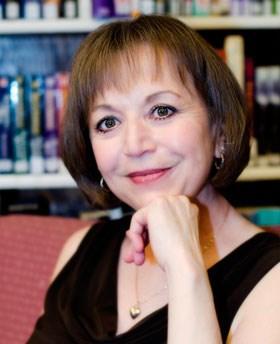 |
Jacqueline Guest, author and artist
Jacqueline is a Metis writer who lives in a log cabin nestled in the pinewoods of the Rocky Mountain foothills of Alberta . Her award winning books are unique in that many of the main characters come from different ethnic backgrounds including First Nations, Inuit or Metis. Her well-drawn characters face issues common to every child such as bullying, blended families and physical challenges and are strong role models for today’s youth. Jacqueline’s historical novels for young readers’ present Canada ’s vibrant past as an exciting read every child will enjoy. Her young adult mysteries address teenage problems in a sensitive way while still providing a great page-turner. |
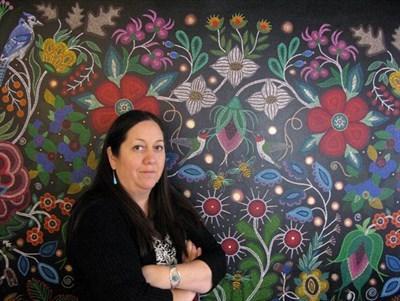 |
Christi Belcourt, Metis Visual Artist
Like generations of Indigenous artists before her, the majority of her work explores and celebrates the beauty of the natural world and traditional Indigenous world-views on spirituality and natural medicines while exploring nature’s symbolic properties. Following the tradition of Metis floral beadwork, Belcourt uses the subject matter as metaphors for human existence to relay a variety of meanings that include concerns for the environment, biodiversity, spirituality and Indigenous rights. Although known primarily as a painter, she has for years been also practicing traditional arts. Working with beads, hides, clay, copper, wool trade cloth and other materials. Most recently with birch bark and harvesting plant fibres and ochre. |
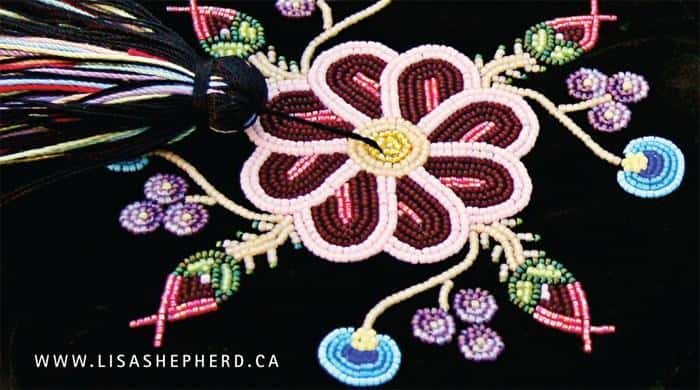 |
Lisa Shepard – Metis Artisan
“I am a Canadian who knows that Art documents our story. I am an Artist who respects how our story touches our hearts, and how healing begins with our understanding. I am a Metis Woman who gently acknowledges that this understanding is powerful. The past, the present and the future reverberates along my thread.” |
Métis Nation of Ontario (MNO) Education Kits
Métis Nation of Ontario (MNO) Education Kits are an excellent resource for students, teachers, educators and community members to use inside and out of the classroom.
Each kit contains a variety of items including a sash, flashcards, fiddle music, a Michif workbook and a timeline of Métis history in Ontario. This is an exciting first step in providing an introduction to Métis history, culture and heritage. The MNO plans to build upon the success of the Education Kit with additional lesson plans and expanded toolkits.
MMIWG
Missing and Murdered Indigenous Women and Girls
K̓i’stła̱ns t̓ła̱liwe’a̱nu’tł – We will not forget them
The Lil’ Red Dress Project’s team of volunteers creates beaded “red dress” pins and earrings to bring awareness to missing and murdered Indigenous women and girls. Proceeds from sales go towards the costs of creating and installing missing person/educational signage on Vancouver Island.
- The Issues of Missing and Murdered Indigenous Women in Canada – Teaching Unit
- Missing and Murdered Indigenous Women

Justice for Indigenous Women and Girls
(Along with a teacher guide)
Justice for Indigenous Women (J4IW) was born from Project of Heart. J4IW is a registered non-profit organization, formed by a group of Indigenous and non-Indigenous allies with a vision to promote justice for Indigenous women and girls. Affirming the strength of Inuit, Metis and First Nations peoples, our work is grounded in the values of listening and honouring, knowledge and education, collaboration and justice.
Inspired by the original REDress project by Jamie Black, students at Mark Isfeld have created a display to raise awareness of the Missing and Murdered Indigenous Women and Girls in Canada.
National Indigenous People’s Day
Click on this link from the Government of Canada website to find our more about why National Indigenous Peoples Day was created and for free promotional resources.
As well as many topics about indigenous history, topics, successes, and reconciliation.
Attend the K’omoks First Nation National Indigenous Peoples Day
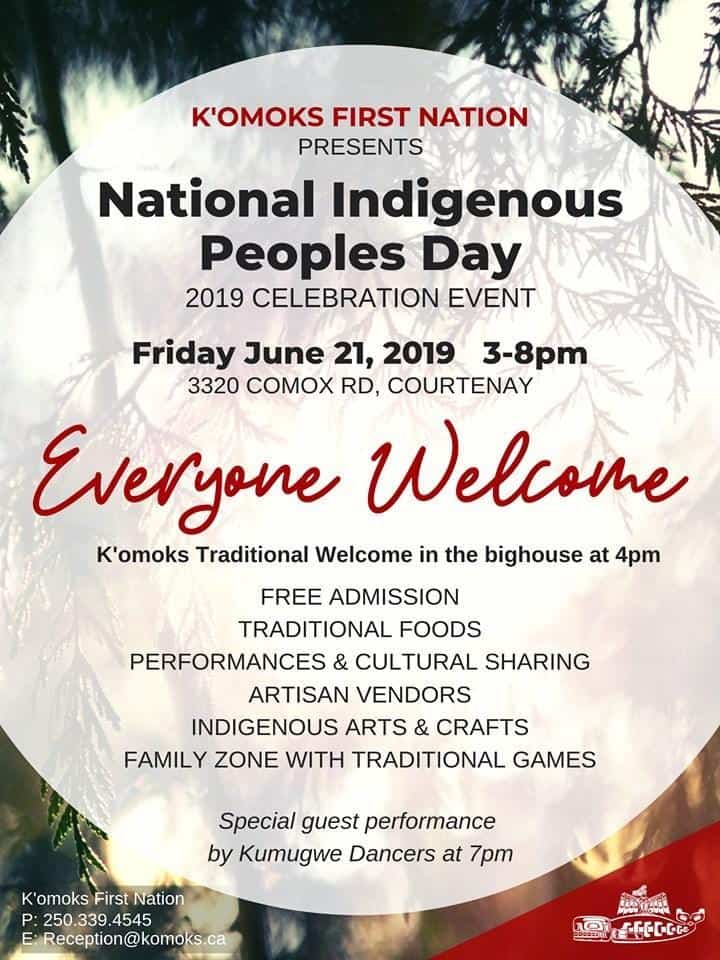
National Aboriginal Day (2012) (now called National Indigenous Peoples Day)
Have you wondered how to talk about indigenous people and the correct terminology? Check out the video below…
It’s National Aboriginal History Month. Ever wonder how to use the proper terms when referring to Indigenous Peoples? Inuk journalist Ossie Michelin has a friendly how-to guide. To read more: CBC Indigenous
Also check out this letter from the CBC for more information about Aboriginal or Indigenous terminology: Indigenous vs Aboriginal CBC article
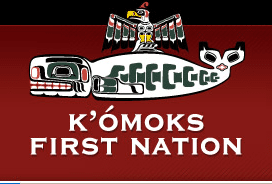
For thousands of years indigenous people occupied the shoreline of eastern Vancouver Island in a place referred to as, “the land of plenty”. This Land of Plenty stretched from what is known today as Kelsey Bay south to Hornby and Denman Island and included the watershed and estuary of the Puntledge River. (from the website in About us)
8th Fire Wab Kinew: CBC documentary Series
A 500-year-old relationship … coming out of conflict, colonialism, and denial.
Assembly of First Nations National Chief Shawn A-in-chut Atleo called 8th Fire, “very, very powerful.” He said, “I was personally very emotionally moved by watching this documentary.”
Join Wab Kinew on a two-minute walk through 500 years of aboriginal history and then watch the entire series below.
Watch the whole series by getting the DVD from our SD71 library system.
Justice for Aboriginal Peoples – It’s Time
For further study:
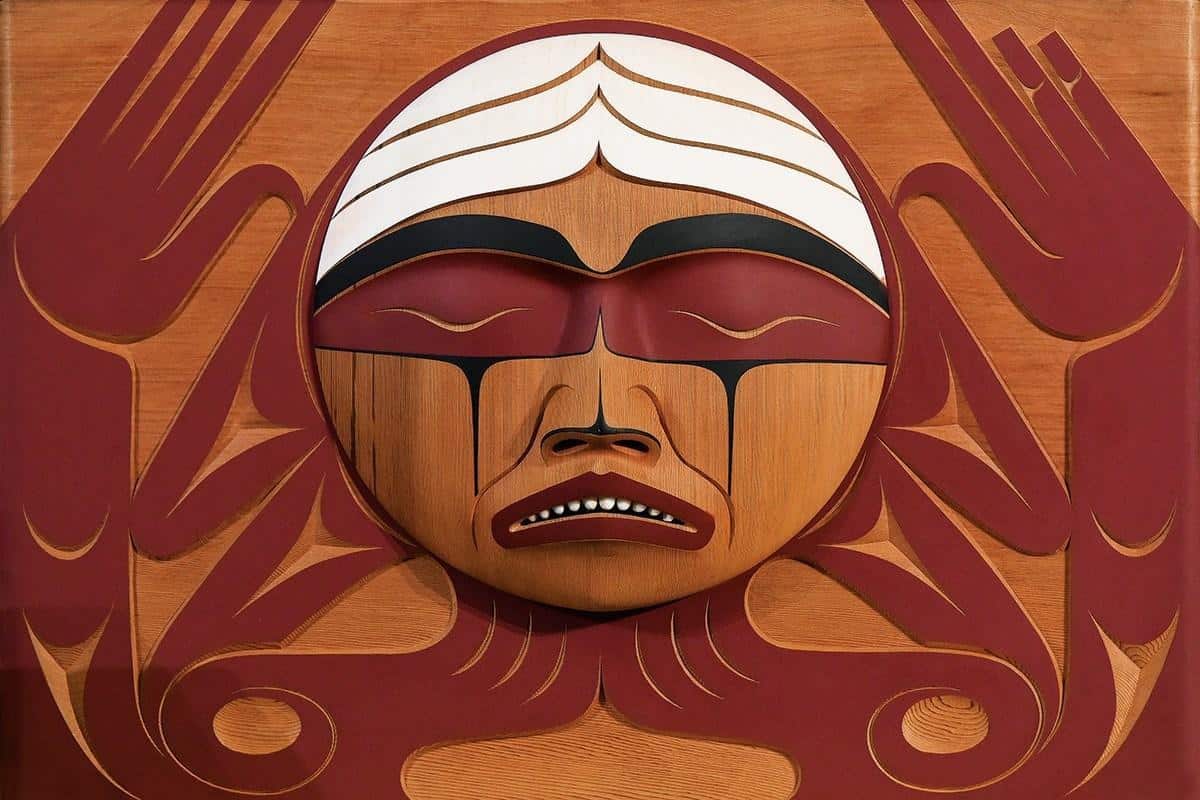
Reconciliation: A Journey for All Canadians
What does reconciliation mean to you? What does reconciliation look like in the classroom? How will you make reconciliation part of your day to day life? How can we move forward in a positive way to build a new relationship, between Aboriginal and non-Aboriginal people, and hold each other up?
Potlatch
Talking Circle
Lesson Description:
It is our hope that these lessons will help with classroom communication and can be used in a number of different subject areas. These lessons can focus on oral language Learning Outcomes or can be used in conjunction with any other subject areas.
There is also a PowerPoint presentation available to explain some traditional uses of talking sticks and circles.
Grade: K-6 (Please note that there are more primary focused, and more intermediate focused lessons on Talking Sticks and Talking Circles.
Lesson Plans developed by Melissa Litke, Suzanne Camp, and Lynn Swift
How to get started:
We make sure to mention that this is one general way that is attributed to some indigenous people.
There are so many ways to incorporate Talking Circles into your lessons!
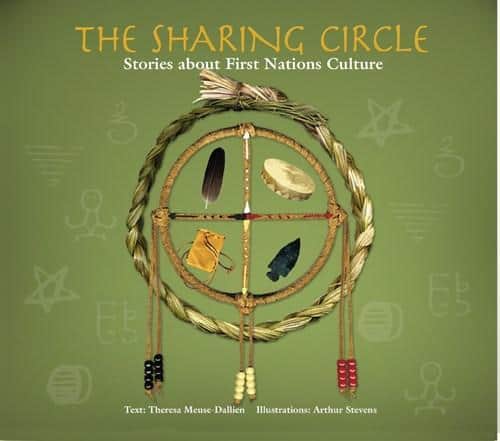
To start, we often begin with asking students, What is important about communication in a classroom and in a community? Students list all the norms they have in the class i.e. listening to the speaker, taking turns, participating in a discussion. Then we share the story, Talking Circle on page 31 in the following book, The Sharing Circle, for ideas on how a talking circle begins and works. We make sure to mention that this is one general way that is attributed to some Aboriginal people. The method we use in schools is a combination or blend of the basic principles of different ideas from various Aboriginal groups. The idea is that everyone is heard and has a chance to share – a fair communication system. It is not the only way.
We then co-construct some criteria together about what a talking circle entails and practiced a simple circle, asking and modeling students to say their name, their relatives and ancestors names, and something about themselves. The students then completed a response sheet. See examples below.
Learning Intentions:
- I can be a good listener and help to create a positive community in my classroom.
- I can understand how talking circles and a talking stick were traditionally used and why they can be helpful.
- I can speak from the heart and be truthful and caring toward others.
Lesson Series:
Lessons can be done is a series or as stand-alone to help build Community in the Classroom and Improve Oral Language Skills
- Co-constructing Criteria for purpose and practicing a talking circle:
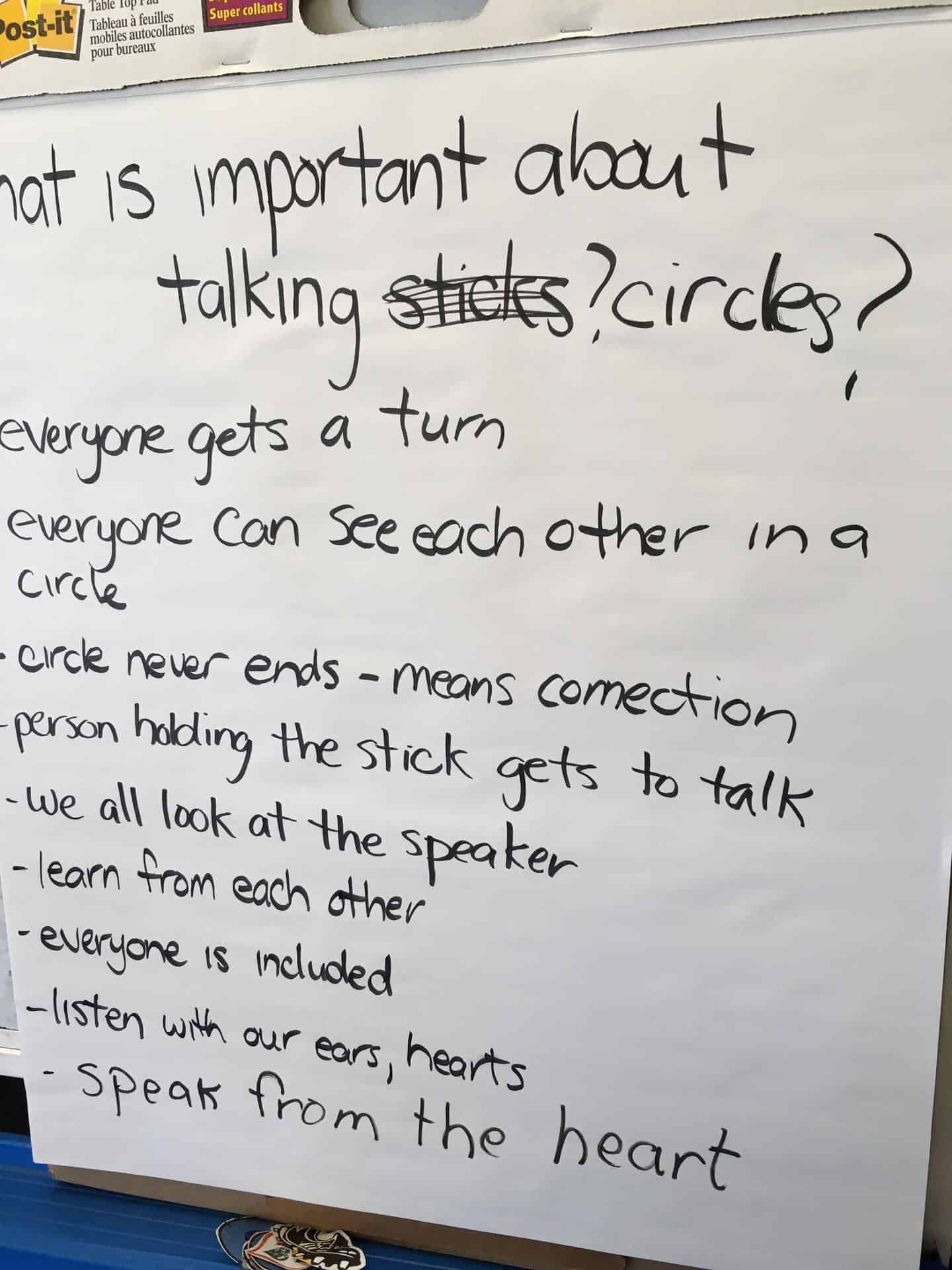
Response Sheets
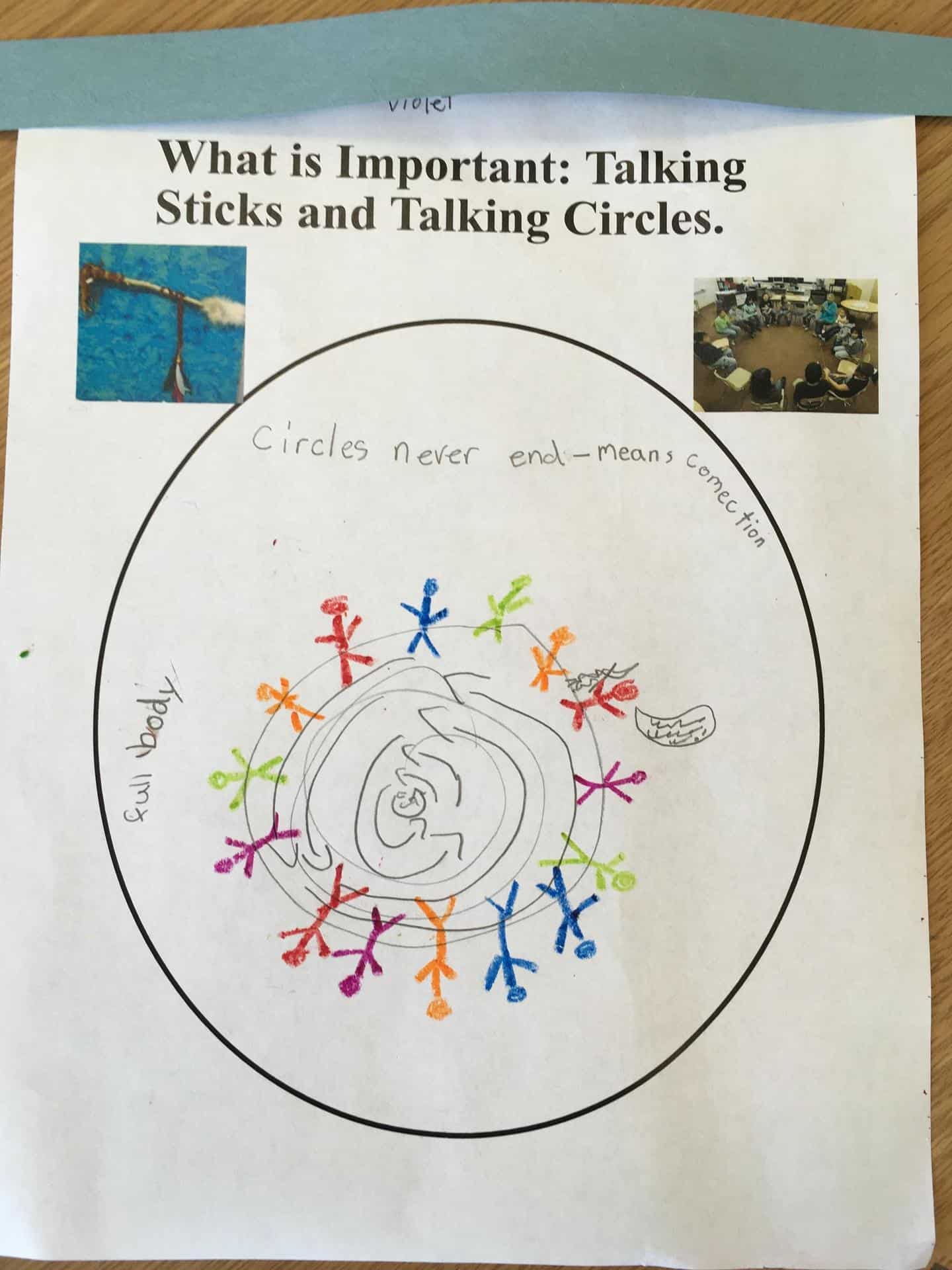
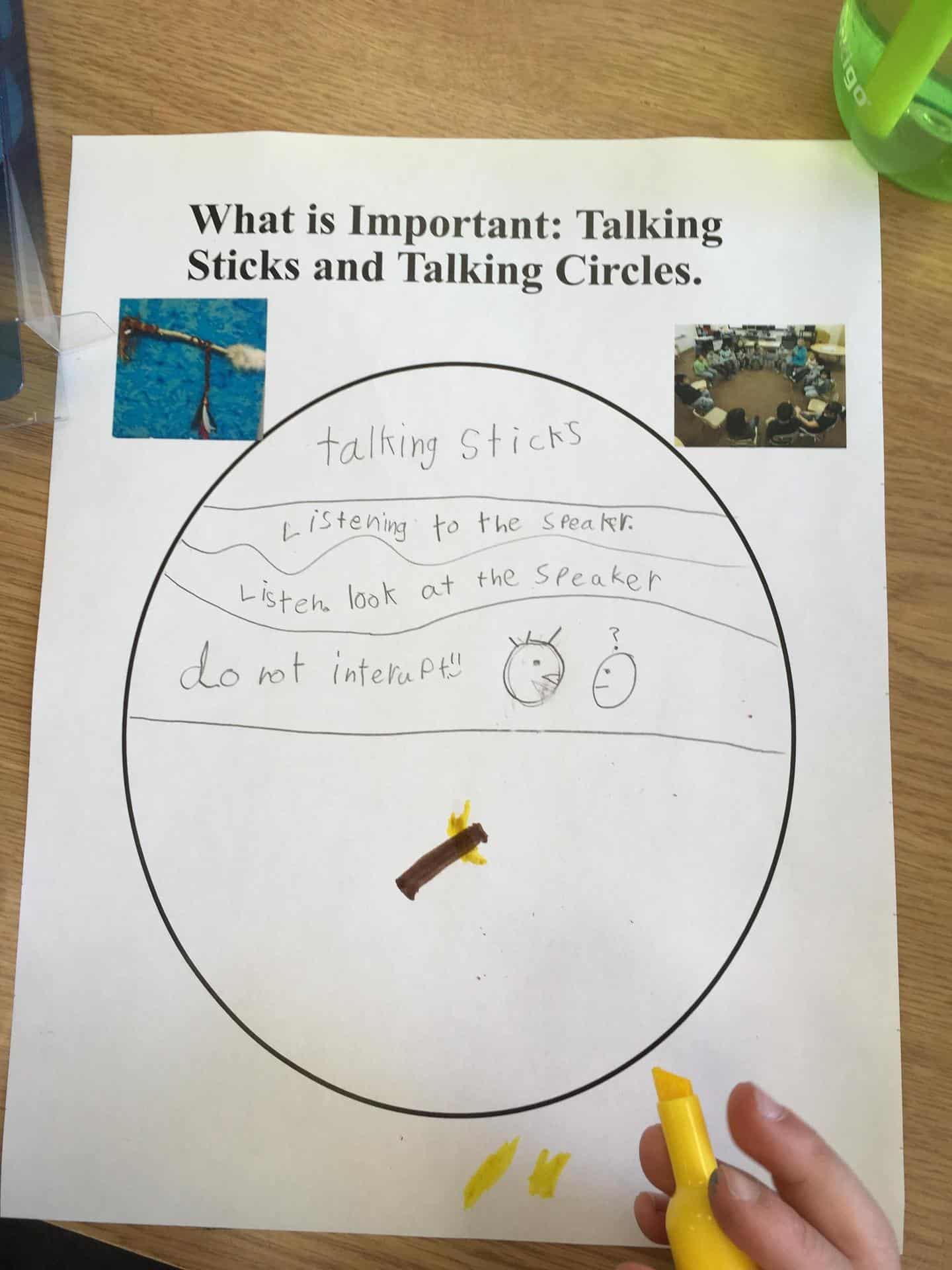
Little Bears Vision Quest – How to be a good friend:
Sharing Our World – Identifying our Gifts
More Intermediate oriented:
Lesson 1 and 2
Talking Stick and Talking Circle
Talking Circles Explanation
Circles are a traditional First Nations format for discussion and decision making. There are different types of discussion circles, such as Talking Circle, Sharing Circles, or Healing Circles, and the protocols for usage depend on the purpose. The term Talking Circle is sometimes used interchangeably with Sharing Circle. Definitions of these terms may differ depending on the context of the user.
It is important to understand that the type of discussion circles generally used in classrooms are not intended to be used for any therapeutic purpose. Classroom-based Talking or Sharing Circles are not Healing Circles (the latter needing to be facilitated by skilled leaders in specific contexts, and in First Nations contexts, often include additional cultural protocols).
Talking Circles in classrooms are usually used to demonstrate that everyone is connected and that every person in the circle has an equal voice. They also ensure that everyone can see and hear the speaker. Read the rest of the article below for a good description of talking circles in classrooms. Also see more on the following website: First Nations Pedagogy Online
Excerpt from page 19-20 of the FNESC/FNSA: BC First Nation Land, Title, and Governance Teacher Resource Guide
Tipi
A conical skin-and-frame dwelling, the tipi was an easily moved yet substantial structure used by the nomadic Plains Aboriginal people. Used historically and perhaps prehistorically, the tipi was 4-6 metres in diameter at the base, tapered upward to form a smoke hole at the top. The frame was draped with a sewn cover of 8-12 buffalo skins arranged over as many as 20 poles. The tipi averaged 7-8 m in height, with the entrance commonly facing east. Tipis in the 19th century were often large enough to house several nuclear families, and were embellished with embroidered quillwork and paint. Women erected and dismantled these dwellings, and they specialized in cutting and sewing the buffalo robes so that they would fit the conical frame. Outside the Plains area and around the western Great Lakes, a dome-shaped dwelling called a wigwam in the Algonquian languages, was constructed with bent poles and covered with birch bark, skins or mats. Text excerpt found here.
See map for cultural regions of Canada and where you can find the Plains people territory. Map found on page 4 in The Kids book of Aboriginal Peoples in Canada by Diane Silvey (available through the LRC and most school libraries.)
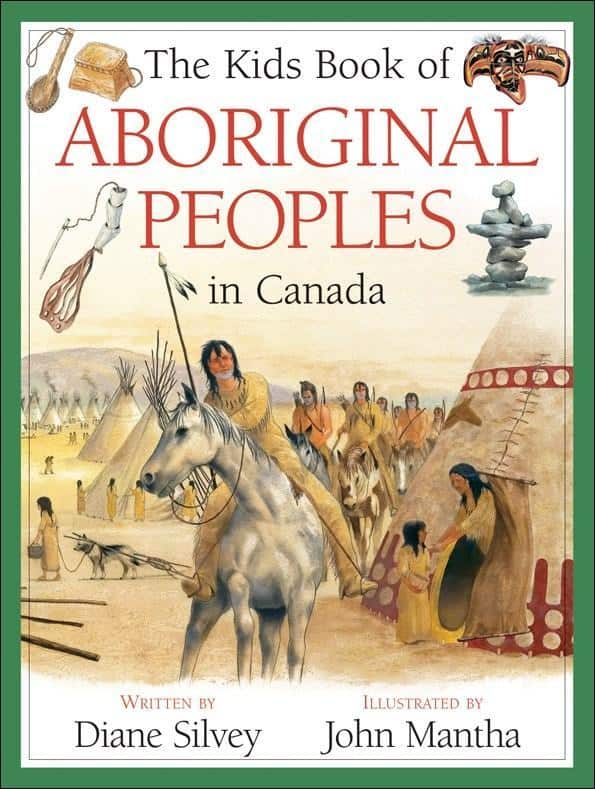
Tipi Building Instructions
- Did you know SD 71 Aboriginal Education has a tipi that you can bring to your school site?
- To book the tipi contact the Aboriginal Support Worker for your school.
- Logan from Highland School demonstrates how to put the tipi together for the Aboriginal Education Staff!
- Tipi Building Instructions
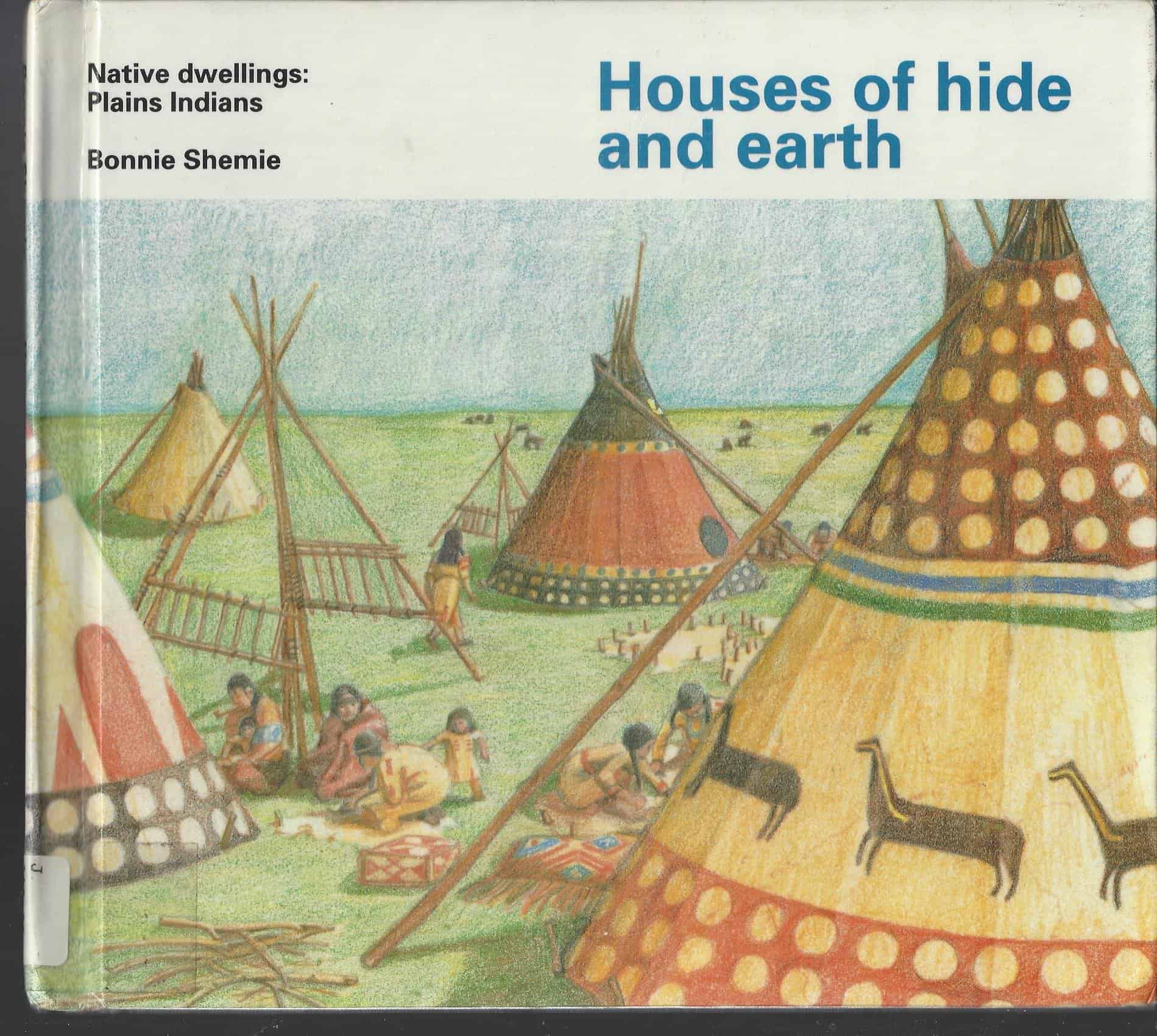
Houses of Hide and Earth Native Dwellings – Plains Indians by Bonnie Shemie (available through the LRC and most school libraries.)
How to Build a Tipi
Weaving
Introduction Lessons for Cedar Weaving
Driving Question: How does learning about weaving help us to learn about its significance to indigenous people? What is important about weaving to indigenous people?
Learning Targets: Thinking critically; making meaningful personal connections; inferring from images/art expression; connecting and engaging with others to share and develop ideas.
Toni Frank – First Nation Cultural Art Showcase
Toni describes her love and passion for art and cedar weaving. Toni is a member of the K’omoks and Sechelt First Nation.
Quarterbag Weaving: Coast Salish Weaving
We have videos prepared with Suzanne Camp, retired Indigenous District Cultural Support Worker, to explain and demonstrate how to weave quarterbags. Thanks to the Anjeanette Dawson and Norman Guerrero from who we learned the quarterbag weaving at FNESC (First Nations Education Steering Committee) Conference.
For SD71 employees we have 4 instructional videos in which Suzanne Camp explains the weaving process step by step and a written explanation, from Anjeanette and Norman, of how to weave the bags and some Skwxwú7mesh Snichim (Squamish) language . Please contact anyone from the Indigneous Education Department and they can help you find these videos and files.
The Story of the Coast Salish Knitters
For almost a century, the Coast Salish knitters of southern Vancouver Island have produced Cowichan sweaters from handspun wool. These distinctive sweaters are known and loved around the world, but the Indigenous women who make them remain largely invisible. Combining rare archival footage with the voices of three generations of woolworkers, The Story of the Coast Salish Knitters tells the tale of unsung heroines–resourceful women who knit to put food on the table and keep their families alive. Written and directed by Métis filmmaker Christine Welsh, this is a story of courage and cultural transformation–a celebration of the threads that connect the past to the future.
Archaeological find shows 3,000-year relationship between dogs and B.C. First Nation
CTV News: VICTORIA — Humans have a long relationship with dogs, but now after a recent archaeological dig in the Broken Group Islands on the west coast of Vancouver Island, we’re beginning to understand how far back that relationship actually goes. The number is quite staggering.
Remains of an ancient woolly dog breed were unearthed in 2018 during an archaeological dig at an ancient Tseshaht First Nation settlement on Keith Island.
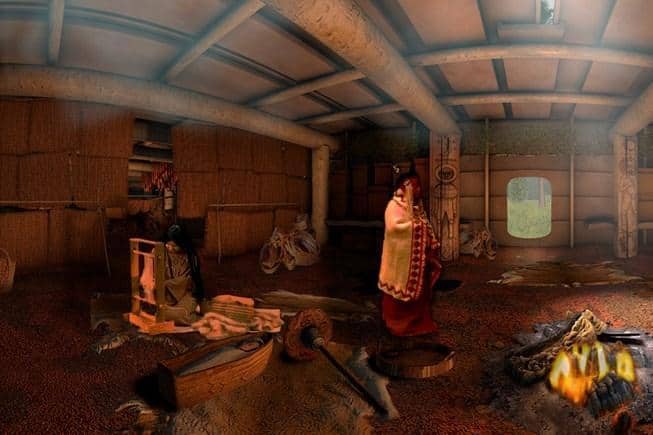
“A Journey Into Time Immemorial is an original creation of the SFU Museum of Anthropology and Ethnology with active participation from local Sto:lo Elders and knowledge keepers. It was originally a Virtual Museum of the Sto:lo people. Given it was created in 2008, the program platform became outdated. This valuable resource is now offline. SFU did give permission to download the information, thus to save as much of it as we could. This page is an archive of information from this website to be used for educational purposes.”
Cedar Weaving
Harvesting Cedar
Special Note: There are protocols that go with collecting cedar bark. Some things to consider about cedar collection is that the people who collect cedar are from the local nation, have been taught from an elder, know how and when to do this without harming the tree in that specific area. Cedar is considered sacred for many.
Cedar bark harvesting from Lonnie Wishart on Vimeo.
Cedar Weaving – Squamish Lil’wat Cultural Centre
Watch as QúQú Héy Yóóch — “Bernadine Billy”, Txwolt’malh — “Holly Joseph” and n̓án̓attw Nkakúsene — “Tanina Williams” work with inner cedar bark, a simple yet effect craft that all guests have the opportunity to practice and take home with them.
Story of Cedar, Cedar Hat Weaving & Bark Pulling Cowichan Coast Salish
From the moment of birth to the time of passing, cedar has traditionally played a vital role in the life of the First People of the Pacific Northwest.
This 30min documentary tells the story of cedar, how the bark is stripped from the cedar tree and prepared for cedar weaving (hats) and discusses the art of cedar weaving and the effect this workshop had on the participants. The project was facilitated by Maria Sampson. The video was produced by Louise McMurray and the Cowichan Aboriginal Film Festival and directed, shot and edited by Phil Ives.

